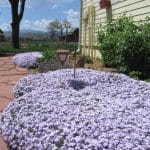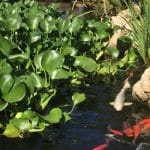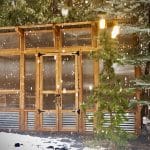How to Choose the Right Pond Pump, Waterfall Pump, or Filter Pump
Ponds & Water Features
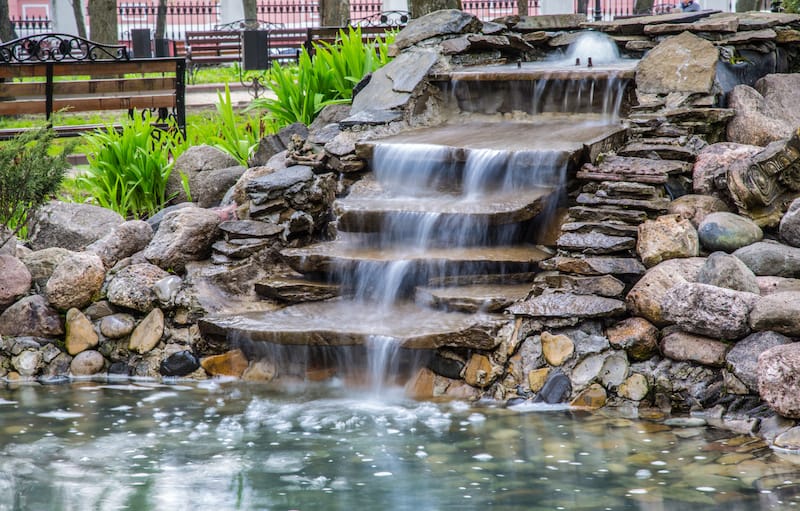
Choosing a pond pump isn’t just about plugging something in and hoping for the best — it’s about matching the right size and type of pump to your pond, filter, or waterfall, so the entire system runs smoothly and your water stays clear and healthy.
I’ve bought the wrong pump before. Twice. One barely moved water; the other turned my filter into a geyser. What I finally learned is simple: the pump is the heartbeat. Size it to the job, match the type to the lift, and pick a brand that’s proven in ponds.
Below is the short list I wish I had when I started.
Start with the three essentials.
- Purpose: circulation, filtration, waterfall, fountain/aeration.
- Size/flow: how many gallons you need to move for that job.
- Pump type: magnetic-drive, direct-drive, hybrid/asynchronous, or external (in-line).
Get these right and shopping is easy.
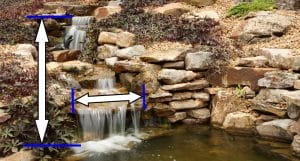
Step 1: Know your pond’s gallons (so the pump can keep up)
Circulation rule: turn the pond over at least once per hour. Koi ponds often aim for 1.5–2x per hour because koi are messy.
Formula for rectangles/ovals:
Gallons = length × width × average depth × 7.5
1,200 gallons? Then you want a minimum of ~1,200 GPH for plain circulation (more if you’re powering a filter with a specific flow requirement).
Factual anchor: Deeper backyard ponds (about 20″ to 3′) help buffer temperatures and give koi/goldfish a safer refuge from predators. Keep that in mind while planning the pump and plumbing—it’s a system, not a single part.
Step 2: Waterfall Math
Waterfall flow is similar to filtration. Use these quick targets:
- Medium “sheet” look: ~100 GPH per inch of spillway
- Gentle/trickly: ~50–75 GPH per inch
- Bold/roaring: ~150–200 GPH per inch
So an 18″ spillway needs roughly:
- Gentle: 900–1,350 GPH
- Medium: ~1,800 GPH
- Bold: 2,700–3,600 GPH
Don’t forget head height (this is where most folks undersize)
- Measure vertical rise from pond surface to spillway lip.
- Add +1 ft of head for every 10 ft of tubing (friction).
Example: 3 ft rise + 20 ft tubing = 5 ft total head.
Pick a pump that delivers your target GPH at 5 ft, not just “wide-open” at zero ft. (Pump curves matter.)
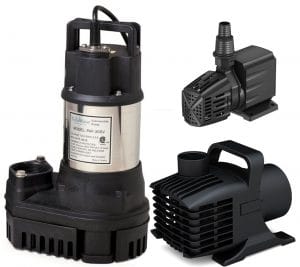
Step 3: Pick the right pump type (with brand examples)
Magnetic-Drive (ultra-efficient, best at low/medium head)
- Great for: circulation, filters, modest waterfalls.
- Why: superb efficiency; not built for tall lifts.
- Lines pond keepers like:
- Danner/Pondmaster Mag-Drive (mag pumps that run forever if kept clean)
- Laguna Max-Flo (solids-handling + good efficiency)
- PondMax EV Series (compact, efficient)
- Tetra Pond Debris-Handling (budget-friendly solids handling)
Direct-Drive (muscle for taller lifts or significant flows)
- Great for: strong waterfalls, higher head applications.
- Tradeoff: higher power draw vs mag-drive.
- Lines to look at:
- Atlantic TidalWave3 (DD/Hi-Head models)
- Little Giant WGP/WGFP (reliable waterfall workhorses)
Hybrid / Asynchronous (best of both worlds)
- Great for: backyard waterfalls needing lift and efficiency.
- Lines to look at:
- Oase AquaMax Eco Premium (efficient, solids-handling, excellent curves)
- Aquascape AquaForce & AquaSurge (pond-keeper staples; AquaForce = solids-handling, AquaSurge = high-flow/energy-smart)
External / In-Line (quiet, long-life, easy to service)
- Great for: larger koi ponds, dedicated filtration loops, long runs.
- Why: low watts per GPH, long service life, dry motor stays cleaner.
- Lines to know:
- PerformancePro Artesian2 (koi-pond classic: efficient, serviceable)
- Sequence (750/1000/Alpha) (legendary efficiency; excellent for filters and streams)
- Laguna External (select models), Atlantic External (for specific installs)
My rule of thumb: if I’m pushing a big, elevated waterfall or running long plumbing, I lean hybrid or external. For compact ponds with a pressurized filter or skimmer, a mag-drive or hybrid submersible pump keeps the system efficient and straightforward.
Solids-handling & clog resistance (save yourself the pull-and-clean)
If your pump isn’t inside a skimmer basket, leaves and string algae will find it. Solids-handling designs prevent debris from passing and reduce the number of clean-outs.
- Good bets: Oase AquaMax Eco Premium, Aquascape AquaForce, Laguna Max-Flo, Tetra Debris-Handling, PondMax “DH/solids” models.
- Pair with a skimmer (Aquascape, Atlantic, Oase skimmers) and you’ll wonder why you waited.
When two pumps beat one
A single oversized pump can overwhelm a pressurized filter. Common fix:
- Pump A: sized for the filter’s ideal flow.
- Pump B: sized for the waterfall’s look and head height.
- Cleaner water, happier filter, and the waterfall can sing without compromise.
Bigger water? Think aeration systems and fountains
For earth-bottom ponds, landscaped lakes, golf-course features, and lagoons, look at aerating fountains and diffused aeration systems:
- Kasco Marine, Otterbine/Barebo, Scott Aerator, Airmax
- These move serious water, add oxygen, and help curb algae in volumes backyard submersibles can’t touch.
Quick Reference: How Big Should Your Pump Be?
Here’s a simple cheat sheet you can use when shopping:
- For circulation purposes only: Your pump should circulate the entire pond’s water once every hour.
- Example: A 1,400-gallon pond needs a pump that moves about 1,400 GPH. If it’s a koi pond, go stronger — closer to 2,800 GPH.
- For a gentle waterfall: Figure about 50–75 gallons per hour (GPH) for every inch of waterfall width.
- Example: An 18-inch wide spillway → 900–1,350 GPH.
- For a medium-sized “sheet” waterfall, use approximately 100 GPH per inch.
- Example: An 18-inch wide spillway → ~1,800 GPH.
- For a bold, roaring waterfall: Go heavier at 150–200 GPH per inch.
- Example: An 18-inch wide spillway → 2,700–3,600 GPH.
- Don’t forget head height: Water loses power as it’s pushed uphill and through tubing.
- Rule: Add 1 foot of “head” for every 10 feet of tubing, plus the actual vertical rise.
- Example: Waterfall is 3 feet above the pond + 20 feet of tubing = 5 feet of head.
👉 Final tip: When comparing pumps, always check the brand’s “pump curve” chart. It shows how much flow you’ll really get at your head height. That’s the difference between a strong waterfall and a disappointing trickle.
Brand & model quick map (by use case)
- Filter loops/circulation (efficient):
- Danner/Pondmaster Mag-Drive, Laguna Max-Flo, PondMax EV, Oase AquaMax Eco Premium, Aquascape AquaForce
- Medium/taller waterfalls (efficient lift):
- Oase AquaMax Eco Premium, Aquascape AquaSurge, Atlantic TidalWave3 (asynch/HH)
Big waterfalls / high head (muscle):
- Atlantic TidalWave3 Hi-Head, Little Giant WGP/WGFP, select direct-drive waterfall lines
- External for koi & long runs:
- PerformancePro Artesian2, Sequence 750/1000/Alpha (quiet, efficient, serviceable)
Skimmers & solids:
- Aquascape AquaForce, Oase AquaMax Eco Premium, Laguna Max-Flo, Tetra Debris-Handling
- Large ponds & lakes (aeration/fountains):
- Kasco, Otterbine, Scott Aerator, Airmax
Notes from the water’s edge
- If your fish load is heavy or you feed frequently, consider upscaling the flow and adding aeration. Overfeeding (especially in cool water) is a fast track to cloudy water and stressed fish.
- In winter, fish handle cold water fine if there’s oxygen exchange. Keep a hole in the ice with an air stone or small heater/de-icer—don’t boil the pond, just vent it.
- Algae blooms usually mean imbalance: too many nutrients, not enough plants/filtration/oxygen. Pumps move water; plants and filters clean it.
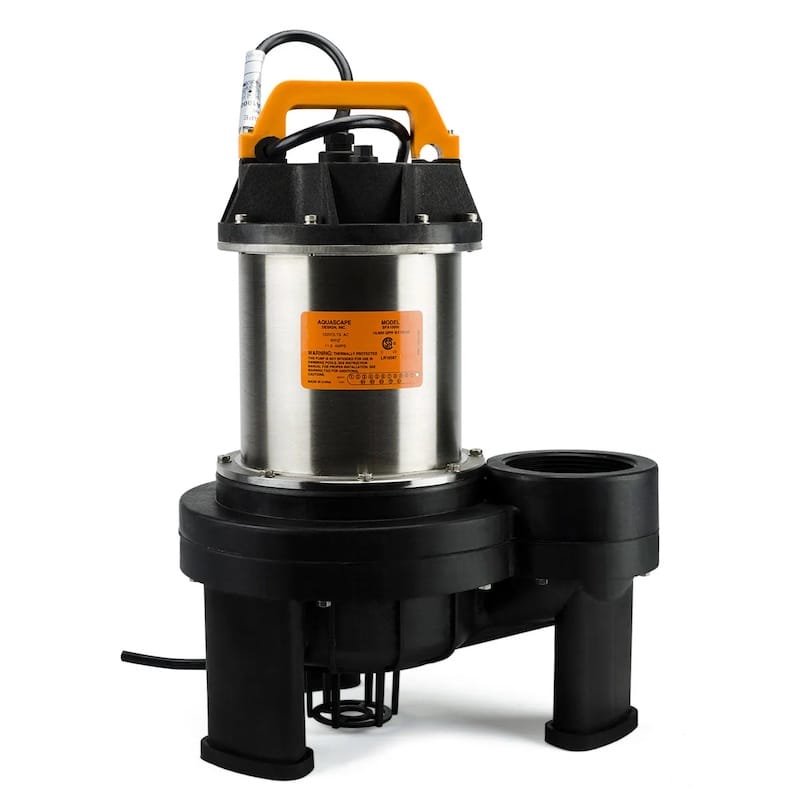
Aquascape PRO Pond Pumps
The Aquascape PRO series is built for pond keepers who need serious water movement. These pumps are tough enough for skimmers and pondless waterfalls, designed to handle higher head heights without breaking a sweat. Energy-efficient motors, stainless steel housings, and vibration-dampening rubber feet make them reliable and quiet. Models range from 3,000 GPH to over 10,000 GPH.
PRO 3000
- Flow: up to 2,900 GPH
- Max Head: 20′
- Watts: 280 (~$20/mo)
- Discharge: 2″ Female
- Size: 12 × 6 × 7 in · 16 lbs
- Cord: 20 ft
- Warranty: 2 years
PRO 4500
- Flow: up to 4,500 GPH
- Max Head: 33′
- Watts: 625 (~$45/mo)
- Discharge: 2″ Female
- Size: 13 × 6.5 × 7 in · 17 lbs
- Cord: 20 ft
- Warranty: 2 years
PRO 7500
- Flow: up to 6,700 GPH
- Max Head: 42′
- Watts: 1,200 (~$84/mo)
- Discharge: 2″ Female
- Size: 13 × 6.5 × 7 in · 22 lbs
- Cord: 20 ft
- Warranty: 2 years
PRO 10000
- Flow: up to 10,600 GPH
- Max Head: 28′
- Watts: 1,240 (~$90/mo)
- Discharge: 3″ Female
- Size: 12.5 × 9 × 17 in · 39 lbs
- Cord: 20 ft
- Warranty: 2 years
Best Uses
- Medium to large koi ponds with skimmers
- Pondless waterfalls with 5–20′+ lifts
- Installations needing steady flow under pressure
For low-head applications (under ~5′), a mag-drive pump such as the Laguna Max-Flo or Aquascape AquaForce will be more efficient.
Maintenance that keeps pumps alive
- Pre-filter or skimmer basket: catch leaves before they hit the impeller.
- Quarterly clean-out: Pull the pump, rinse the intake screen, and the impeller chamber.
- Right hose size: Choking a big pump through tiny tubing wastes power and flow.
- Unions & valves: make servicing painless; throttle only if the filter needs less flow.
- Read the curve: can’t say it enough—size to the head height you actually have.
FAQ
➕ What are the most reliable pond pump brands for backyards?
➕ How do I size a pump for my waterfall?
➕ My pressurized filter maxes out at 2,000 GPH, but I want a big waterfall. What now?
➕ Mag-drive or direct-drive?
➕ How deep should my pond be for koi?
➕ Do I run the pump in winter?
➕ My pump clogs constantly. Fixes?
Share this post
Table of Contents
- Start with the three essentials.
- Step 1: Know your pond’s gallons (so the pump can keep up)
- Step 2: Waterfall Math
- Don’t forget head height (this is where most folks undersize)
- Step 3: Pick the right pump type (with brand examples)
- Magnetic-Drive (ultra-efficient, best at low/medium head)
- Direct-Drive (muscle for taller lifts or significant flows)
- Hybrid / Asynchronous (best of both worlds)
- External / In-Line (quiet, long-life, easy to service)
- Solids-handling & clog resistance (save yourself the pull-and-clean)
- When two pumps beat one
- Bigger water? Think aeration systems and fountains
- Quick Reference: How Big Should Your Pump Be?
- Brand & model quick map (by use case)
- Big waterfalls / high head (muscle):
- Skimmers & solids:
- Notes from the water’s edge
- Aquascape PRO Pond Pumps
- PRO 3000
- PRO 4500
- PRO 7500
- PRO 10000
- Best Uses
- Maintenance that keeps pumps alive
- FAQ
All categories
More From The Garden
Disclosure: This post may contain affiliate links. That means if you click and buy, The Bright Garden may earn a small commission, at no extra cost to you. We only recommend products we’ve vetted and believe will benefit our readers.


